Empowering Communities
Wildlife Conservation
The economic future and well being of many African States and communities will depend on the growth in eco-tourism. Viewing the magnificent herds of elephants, and the occasional rhino in the wild is what makes the African experience so rewarding for tourists.
To preserve and protect the wildlife in Zambia, Namibia and throughout African region while developing and supporting community programs which provide economically viable alternatives to poaching.
To educate the international Community, particularly its youth, about the critical importance of environmental and ecological stewardship.
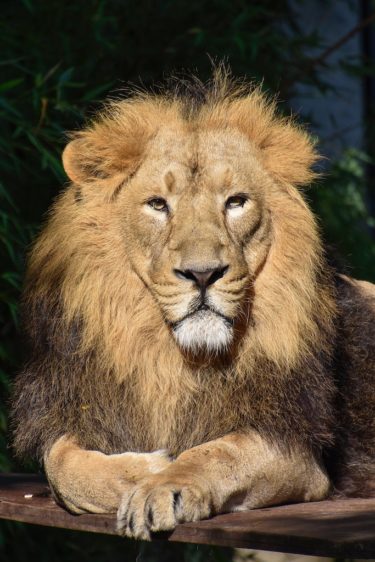
Foundation's Operational Programs.
We focus on well defined geographical and communities, thereby providing increased opportunities for managing programs and measuring project impacts in regions in high need for conservation.
Our endowment for Conservation dedicated to anti-poaching initiatives. ALL administrative and fund raising functions are undertaken by volunteers. The Trust’s Board of Directors serve because of a shared commitment to wildlife conservation mission.
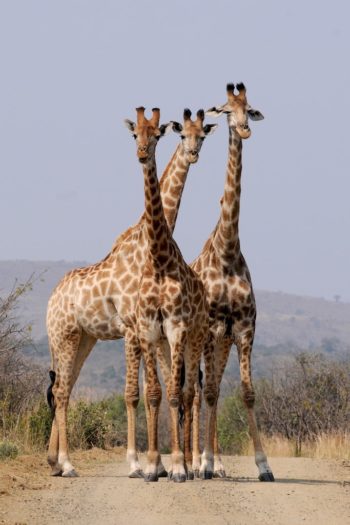
Our Wildlife Campaign
In 2010, the Namibian Ministry of Environment and Tourism declared a moratorium on leopard hunting and in 2011 launched a census programme to try to manage the sustainability of the leopard population. But this is no easy task. The stability of Leopard populations is governed by complex interactions between individuals and thus groups must be studied on a long-term basis to understand the positions of individual leopards within a group. Their shy and elusive nature compounds the challenge of observing them closely and over sustained periods for research.
The lion, Panthera leo, was labelled a ‘problem animal’ when it killed livestock on Namibian farms to survive. This created a human-wildlife conflict, because rural communities often took matters into their own hands and would set up traps to remove rogue lions altogether. After Erindi learned of this, lions were transferred from outside Etosha National Park and slowly introduced into the reserve from 2005 onwards. Some young males broke out, which proved that they needed to be fitted with VHF tracking collars.
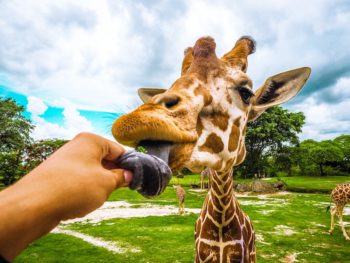
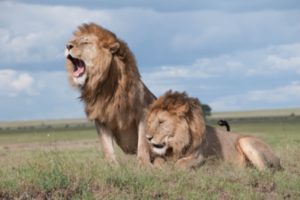
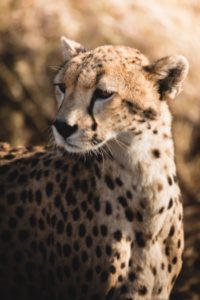
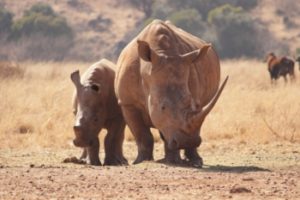
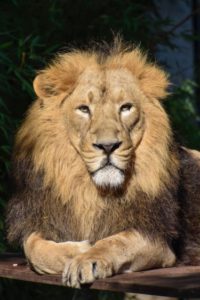
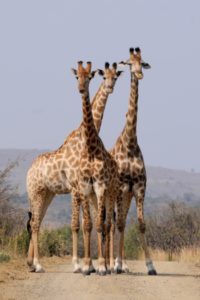
JOIN US




Subsribe To Our Newsletter
Stay in touch with us to get latest news and events offers.
